Introduction:
Pork fat, commonly known as lard or rendering fat, has been a staple in many cuisines worldwide for its rich flavor and versatility in cooking. From frying foods to baking, pork fat adds a depth of taste that is hard to replicate with other oils. However, like any other food product, pork fat can spoil if not stored properly. Consuming spoiled pork fat can lead to food poisoning and other health issues. Therefore, knowing how to determine if pork fat has gone bad is crucial for maintaining food safety in the kitchen. This article will provide comprehensive guidelines on identifying the signs of spoiled pork fat, the proper storage methods, and the importance of regular inspection to ensure the quality and safety of your cooking ingredients.
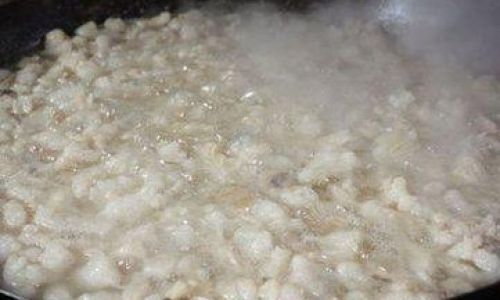
Understanding Pork Fat:
Before diving into the signs of spoiled pork fat, it’s essential to understand what pork fat is and its basic properties. Pork fat is rendered from the fatty tissues of pigs and is high in saturated fats. It has a distinct, savory flavor that enhances the taste of many dishes. When properly rendered and stored, pork fat can last for several months, but its shelf life can be shortened by improper handling or storage conditions.
Signs of Spoiled Pork Fat:
-
Odd Odor: One of the most obvious signs of spoiled pork fat is an unpleasant odor. Fresh pork fat has a mild, nutty aroma. If you notice a sour, rancid, or musty smell, it’s a clear indication that the fat has gone bad. This odor is caused by the breakdown of fats and the growth of bacteria.
-
Discoloration: Fresh pork fat is typically white or light yellow in color. As it ages, it may darken slightly, but if you notice a significant change in color, such as brown or black spots, it’s a sign of spoilage. Discoloration can also occur due to exposure to air or light, so it’s important to store pork fat in an opaque, airtight container.
-
Texture Changes: The texture of pork fat can also give clues about its freshness. Fresh pork fat is solid at room temperature and has a smooth, creamy consistency. If you notice that the fat has become granular, grainy, or has developed a sticky texture, it’s a sign that it has started to degrade.
-
Mold Growth: Although pork fat is high in fat and low in moisture, which makes it less susceptible to mold growth than other foods, it’s still possible for mold to develop on the surface if it’s exposed to moisture or improper storage conditions. If you see any mold growth, discard the pork fat immediately.
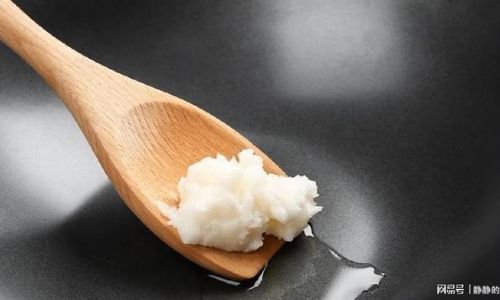
-
Presence of Foreign Particles: Sometimes, foreign particles such as dust, insects, or debris can contaminate pork fat. If you notice any such particles, it’s best to discard the fat to avoid potential health risks.
Proper Storage Methods:
To extend the shelf life of pork fat and prevent spoilage, follow these proper storage methods:
-
Cool, Dark Place: Store pork fat in a cool, dark place away from direct sunlight and heat sources. The ideal temperature for storing pork fat is between 40°F and 60°F (4°C and 16°C).
-
Airtight Container: Use an airtight container to store pork fat to prevent exposure to air and moisture, which can accelerate spoilage.
-
Refrigeration: For longer-term storage, pork fat can be refrigerated or frozen. In the refrigerator, it will keep for several months, while in the freezer, it can last for up to a year.
-
Label and Date: Always label and date your stored pork fat to keep track of its freshness and avoid using outdated fat.
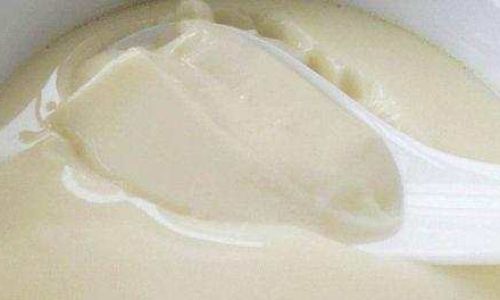
Regular Inspection:
Regularly inspecting your stored pork fat is key to ensuring its quality and safety. Check the fat periodically for any signs of spoilage, such as odor, discoloration, texture changes, or mold growth. If you notice any of these signs, discard the fat immediately to prevent food poisoning and other health issues.
Conclusion:
Knowing how to determine if pork fat has gone bad is an important skill for anyone who uses this ingredient in their cooking. By understanding the signs of spoiled pork fat, following proper storage methods, and regularly inspecting your stored fat, you can ensure the quality and safety of your cooking ingredients. Remember, consuming spoiled pork fat can lead to serious health issues, so it’s always better to err on the side of caution and discard any fat that shows signs of spoilage. With proper care and attention, you can enjoy the rich flavor of pork fat in your dishes without worrying about food safety.
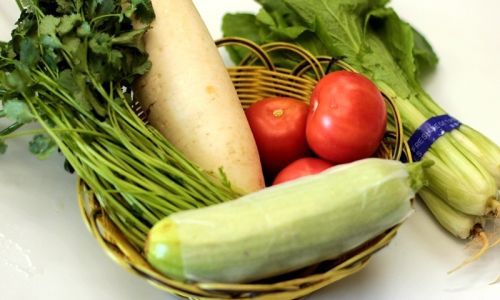
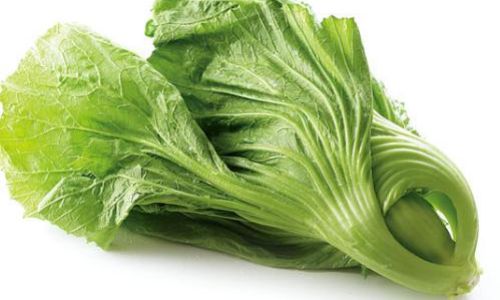
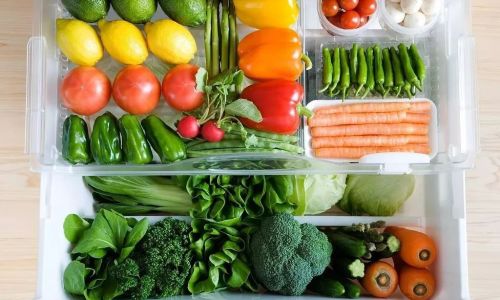
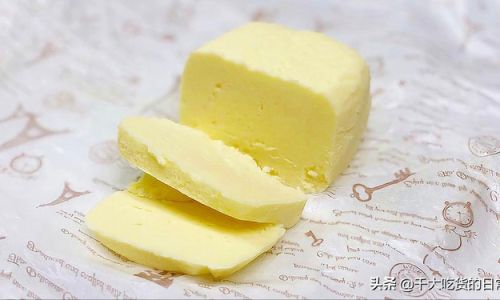

0 comments